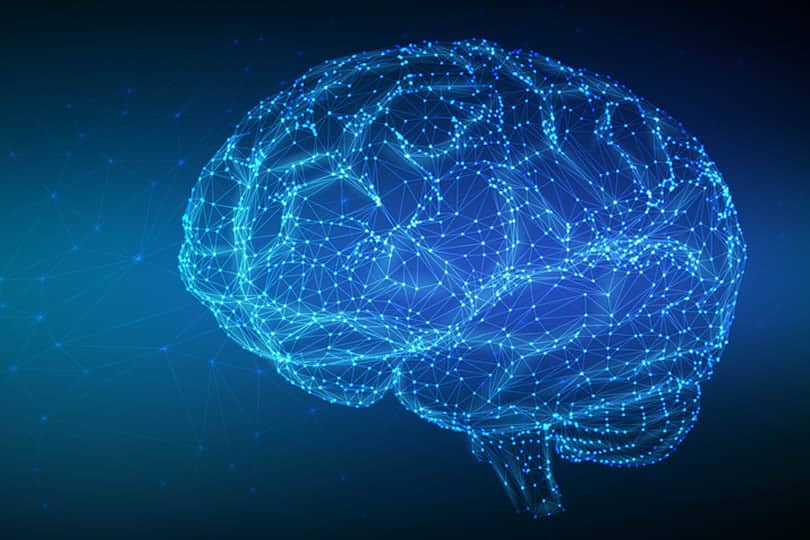Neural plasticity, also known as neuroplasticity, refers to the brain’s ability to change and adapt throughout an individual’s lifetime. This remarkable feature enables us to learn new skills, recover from injuries, and adapt to various environmental changes. In this article, we will explore the concept of neural plasticity, its various forms, and the factors that influence it. We will also discuss the implications of neuroplasticity for learning, rehabilitation, and mental health.
What is Neural Plasticity?
Neural plasticity is the capacity of the brain’s neural networks to reorganize and adapt in response to new experiences, learning, and external stimuli. This process involves the formation and elimination of synaptic connections between neurons, as well as changes in the strength of existing connections. Neuroplasticity allows the brain to optimize its functioning and adjust to new situations or challenges.
Types of Neural Plasticity
There are several forms of neural plasticity, including:
- Structural plasticity: This involves changes in the brain’s physical structure, such as the growth or shrinkage of specific regions, the formation of new neurons, or the development of new connections between neurons.
- Functional plasticity: This refers to the brain’s ability to reassign functions to different regions or networks, particularly when recovering from injury or adapting to new circumstances.
- Synaptic plasticity: This encompasses changes in the strength or efficiency of synaptic connections between neurons, which can be influenced by learning, experience, or environmental factors.
Factors Influencing Neural Plasticity
Various factors can influence the brain’s capacity for neural plasticity, including:
- Age: While neural plasticity is present throughout our lives, it tends to be more robust in younger individuals. As we age, our capacity for neuroplasticity generally declines, although it remains possible to learn new skills and adapt to changes at any age.
- Experience: Repeated exposure to specific stimuli or engaging in certain activities can strengthen neural connections and promote plasticity.
- Genetics: Genetic factors can play a role in determining an individual’s capacity for neural plasticity, as well as their susceptibility to various neurological conditions.
- Environment: Environmental factors, such as stress, nutrition, and exposure to toxins, can impact neural plasticity and overall brain health.
Neural Plasticity and Learning
Neuroplasticity is a key component of the learning process. When we acquire new knowledge or skills, our brains create new neural connections and strengthen existing ones. This process, known as synaptic plasticity, allows us to store and retrieve information more efficiently.
For example, when learning a new musical instrument, the brain forms new connections between the auditory, motor, and cognitive regions responsible for processing the sounds, coordinating movements, and interpreting the musical notation. Over time, these connections become stronger and more efficient, allowing the musician to play the instrument with increasing proficiency.
Neural Plasticity in Rehabilitation and Recovery
Neuroplasticity plays a crucial role in the recovery process following brain injuries, such as stroke or traumatic brain injury. In response to the damage, the brain can reorganize its neural networks to compensate for lost functions or to maximize the use of remaining healthy brain tissue.
Rehabilitation therapies, such as physical, occupational, or speech therapy, can harness the power of neuroplasticity to help patients regain lost abilities and improve their quality of life. By engaging in targeted exercises and activities, patients can stimulate neural plasticity and promote the reorganization of neural networks.
Implications for Mental Health
Neuroplasticity also has implications for mental health, as it underlies the brain’s ability to adapt to changes in our environment, thoughts, and emotions. Research has shown that certain mental health conditions, such as depression and anxiety, can be associated with alterations in neural plasticity. For instance, individuals with depression may exhibit reduced neuroplasticity in specific brain regions, which can contribute to symptoms like anhedonia (inability to experience pleasure), cognitive difficulties, and emotional dysregulation.
Conversely, interventions that promote neuroplasticity, such as psychotherapy, medication, or lifestyle changes, can help alleviate mental health symptoms and improve overall well-being. For example, cognitive-behavioral therapy (CBT) focuses on identifying and modifying maladaptive thought patterns, which can lead to changes in neural networks associated with emotional regulation and coping skills.
Enhancing Neural Plasticity
There are several strategies that can help enhance neural plasticity and promote optimal brain functioning, including:
- Engaging in regular physical activity: Exercise has been shown to increase the production of neurotrophic factors, which support neuroplasticity and overall brain health.
- Pursuing cognitive challenges: Learning new skills, engaging in intellectual pursuits, or participating in activities that require mental effort can help strengthen neural connections and promote plasticity.
- Maintaining a healthy diet: Consuming a balanced diet rich in nutrients, such as omega-3 fatty acids and antioxidants, can support brain health and promote neural plasticity.
- Reducing stress: Chronic stress can negatively impact neuroplasticity and contribute to cognitive decline. Practicing stress reduction techniques, such as meditation, yoga, or deep breathing, can help mitigate these effects.
- Prioritizing sleep: Adequate sleep is essential for optimal brain functioning and the consolidation of learning. Establishing a regular sleep schedule and prioritizing sleep hygiene can support neural plasticity.
Neural plasticity is a fundamental aspect of brain function, enabling us to adapt to new experiences, learn, and recover from injury. By understanding the factors that influence neuroplasticity and implementing strategies to enhance it, we can optimize our brain’s capacity for change and promote overall cognitive and emotional well-being. Whether it’s through engaging in mentally stimulating activities, maintaining a healthy lifestyle, or seeking professional help when needed, harnessing the power of neuroplasticity can lead to a more adaptive and resilient brain.






